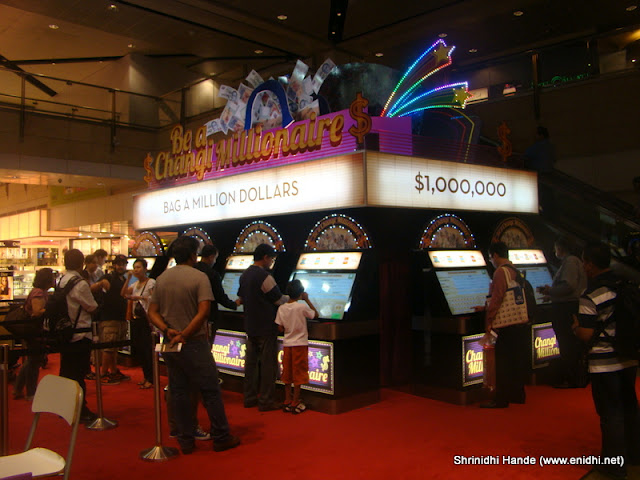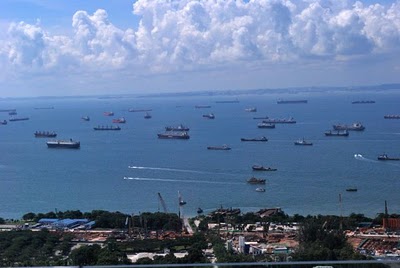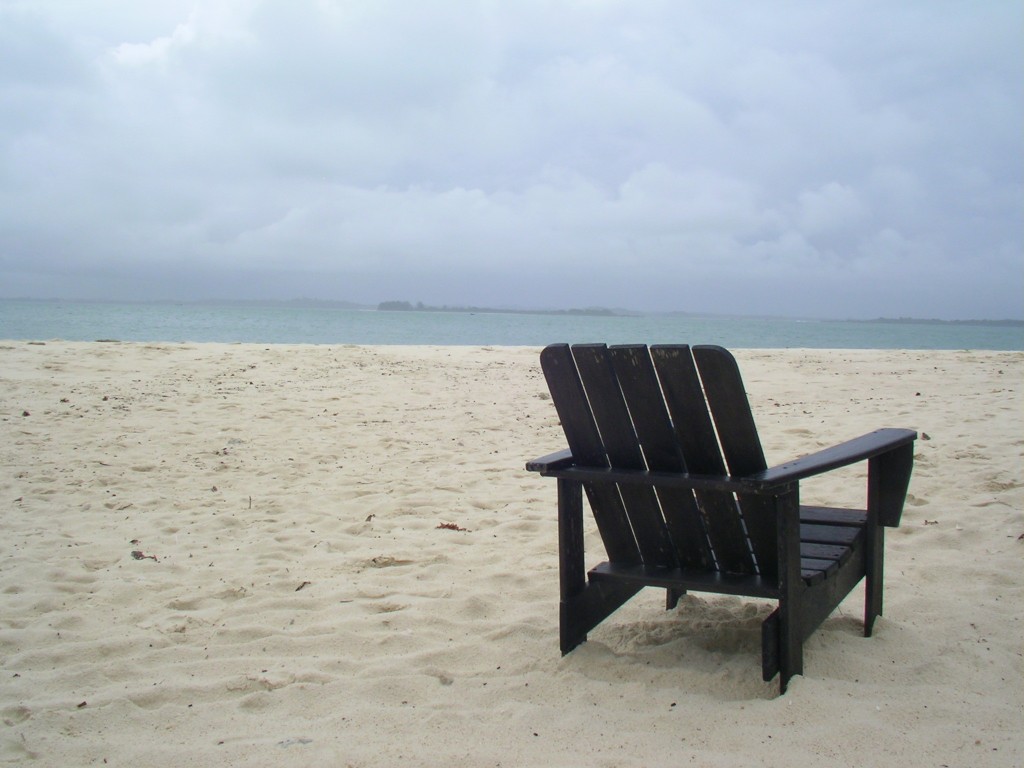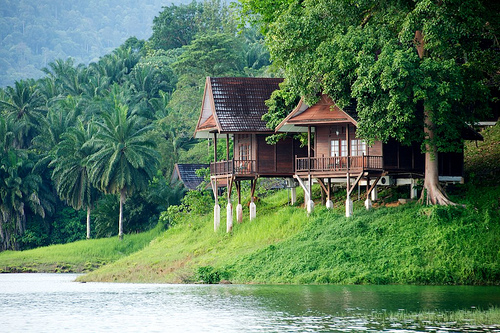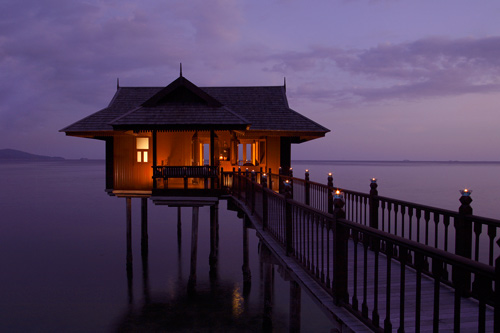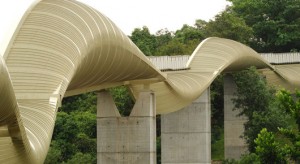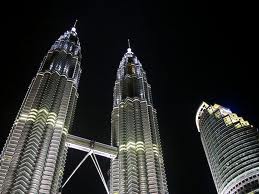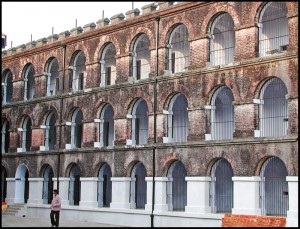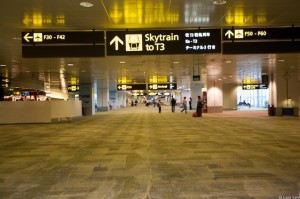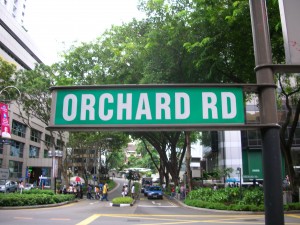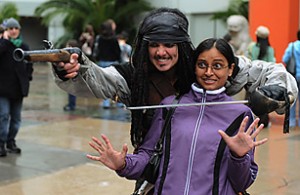In India, May is the cruelest month. The short spring is already a distant memory, and the heat- and dust-quelling monsoon rains are still weeks away. There’s no better time for Indians to take to the road.
All told, some 550 million Indians travel to other parts of the country each year. Once school lets out for the summer, many families set off on annual visits to grandparents in their native town or village. Another 12 million Indians choose to fly overseas. Wealthy families from Punjab and Gujarat, in the north and west of India, respectively, flock to cosmopolitan meccas like Switzerland or Dubai, where women can indulge in brand-name shopping and don the revealing, Western-style fashions they don’t dare flaunt back home.
But while more than half a billion Indians take a holiday each year, the appeal of travel has traditionally been less about exploring someplace new than about simply getting out of town. Many Bengali families in the eastern corner of the country, for instance, escape north in the summer to the cooler Himalayas — an unfamiliar land and landscape. But they typically join large tour groups, interacting almost exclusively with other Bengalis and eating only Bengali-style meals.
There is, however, a quickly growing segment of Indian travelers — mostly young, rich and hailing from India’s larger cities — who are decidedly more adventure-seeking. Unlike their parents, they visit uncommon places and pursue unconventional activities — a safari in Tanzania, a ruins tour of Turkey, an F1 race in Singapore — with an interest and curiosity about other cultures that previous generations may not have had.
It is still a small proportion of Indian travelers who are so venturesome — but, by the numbers, even a small proportion qualifies as a mass movement, globally speaking. So it is no surprise that the travel industry has taken note. From New Zealand to Namibia, government tourist boards have designed campaigns specifically to woo Indian travelers, and luxury-tour purveyors like Cox & Kings and Kuoni, both based in Britain, advertise hard for Indian rupees. Kuoni, for instance, has joined hands with fabled Bollywood production house Yash Raj Films to offer the “Enchanted Journey” tour of movie locations, letting travelers ski the Alps or boat on Lake Zurich in the footsteps of their favorite stars.
In February came another nod to the Indian traveler’s increasing clout: international travel-guide leader Lonely Planet launched an Indian version of its eponymous monthly travel magazine (other editions of the magazine are published in the U.K. and Brazil). And in October, the bible of luxury travel, Condé Nast Traveler, has plans to follow with an Indian edition, building on the established successes of the publisher’s Indian versions of Vogue and GQ.
The target readers of the new magazines are Indians who are traveling more and traveling differently — many as singles or couples without children or parents in tow. “You’ll be surprised by how many married women there are traveling without husbands and single women traveling with girlfriends, ” says Sumitra Senapaty, 49, a travel writer who has run Women on Wanderlust, a travel club for women, since 2005 and has watched her business grow many times over. “I quite struggled with it initially, ” she says. “I didn’t have the pocket to advertise, so everybody’s mother, friend, aunt and sister spread the word. I just wanted women to come onboard.” Today, Senapaty’s tours — which usher female travelers to hard-to-reach places like Ladakh, a high mountain desert in the Himalayan foothills — are usually sold out.
In addition to seeking girlfriend globetrotters, the industry is going after the growing number of travelers who embark on longer, activity-driven trips and seek novel experiences, rather than just another jaunt to the hotel pool. More and more, Indian travelers are going deep-sea diving in Australia, for instance, and booking yoga retreats in the Himalayas. “There are more people choosing adventure travel over conventional holidays, ” says Vaibhav Kala, who runs Delhi-based Aquaterra Adventures and arranges trips for more than 3, 000 customers per year. “Since four or five years ago, our clientele has turned on its head. From catering to largely inbound foreign tourists, we’re now catering to mostly Indian travelers.”
But catering to Indian travelers means catering to certain Indian preferences and peculiarities, no matter how far-flung or exotic the vacation. Lonely Planet Magazine India always gives readers the requisite practical information about obtaining visas and finding consulates overseas, but it also has a section called Fancy a Curry? that locates Indian restaurants and vegetarian options in foreign cities. “Indians are getting a bit more adventurous, but we still need a little hand-holding, ” says Vardhan Kondvikar, editor of Lonely Planet Magazine India. “We’re a bit like Nemo right now — the big world outside is very exciting, but we still need the anemones nearby for security.”
The worldview of the Indian traveler strongly influences the editorial choices that the magazine’s staff make, Kondvikar says. For instance, the magazine tends to highlight mainstream tourist destinations — which are perhaps familiar to world-weary travelers but new to the Indian populace. The tone of the magazine is also much more introductory, friendly and informative than that of its British and Brazilian counterparts. Recent feature stories introduced readers to Rome, Vietnam, Los Angeles and Puducherry in peninsular India; another popular article covered five weekend getaways from several major Indian cities. “[The U.K.] magazine was designed for experienced travelers who want to see the unexplored sides of places they’ve already been. So it has a lot of stories that bypass traditional tourist sites and find hidden alleys and restaurants, ” says Kondvikar. “We couldn’t do too much of that — many Indians are only going to the major destinations for the first time, and we didn’t want to ignore them.”
The travel lust of this budding demographic has largely survived the global recession, which has otherwise diminished international travel overall. In fact, a stronger rupee has seen more Indians traveling abroad, especially to long-haul destinations. The U.N.’s Madrid-based World Tourism Organization estimates that by 2020, some 50 million Indians will be taking foreign holidays each year.
So while Lonely Planet and Condé Nast may be wading into a shaky market already cluttered with dozens of travel titles, they have high expectations for success. “[In terms of] advertising revenues, not only have we dominated market share in the categories we operate in but also we are growing at an exponential rate, ” says Alex Kuruvilla, managing director of Condé Nast India. “So we are very bullish on the opportunity.” If the rupee continues to rise, this May might not end up being so cruel after all.
Madhur Singh
2010
http://www.time.com/time/travel/article/0, 31542, 1989633, 00.html


